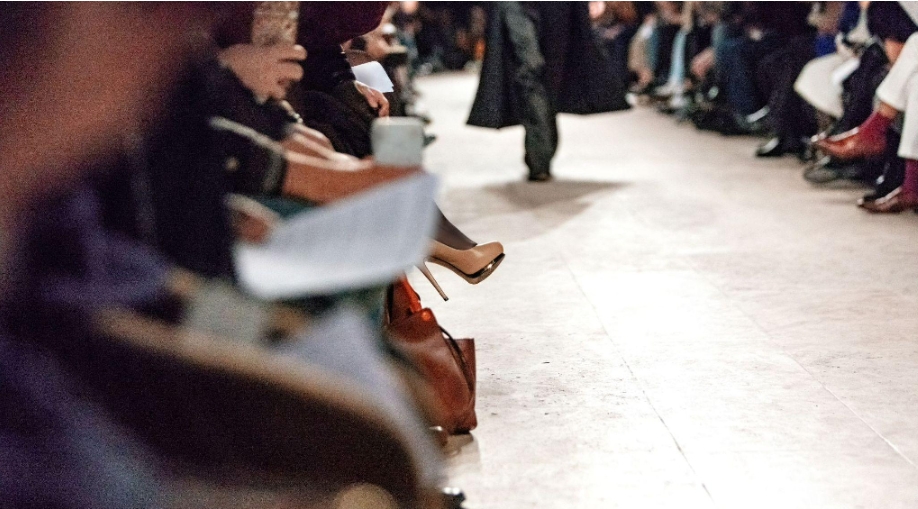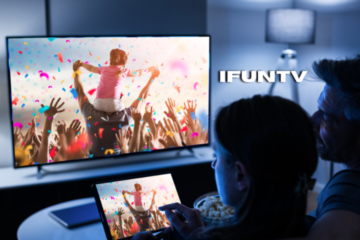Videos have quickly become the go-to tool for showcasing the latest collections, trends, and behind-the-scenes moments. The question is, how did video content become such a crucial part of the fashion industry? The shift from still images to videos is transforming how we see and experience fashion, giving brands a fresh way to engage and connect with their audience. This revolution is not just about showing clothes—it’s about telling a story that pulls you in, making fashion more accessible and engaging than ever before.
The Evolution of Fashion Media
Traditionally, fashion was displayed through photographs and magazine spreads. Models would walk the runway, and these images would trickle down to the consumer market. But with the rise of digital platforms like Instagram, TikTok, and YouTube, the demand for engaging, visual storytelling has skyrocketed. Fashion brands quickly realized that video offers a far more immersive experience than still images. Consumers want more than just a look at the clothes—they want to feel the movement, see the textures, and understand the vibe.
This shift isn’t just about showing off clothes—it’s about bringing the entire fashion experience to life. From the excitement of the runway to the behind-the-scenes moments in design studios, video allows brands to share their world with audiences in real-time. It’s a way to build relationships, create buzz, and, most importantly, stay relevant in an increasingly competitive market.
The Impact of Social Media
Social media has been a game changer for the fashion industry. Platforms like Instagram and TikTok allow brands to engage with their followers in ways that were never possible before. Instead of waiting for the next magazine issue, consumers can get instant updates, see live runway shows, and interact with their favorite designers and influencers. Videos are at the core of this engagement, enabling brands to showcase their collections in creative ways.
Short-form videos, especially on TikTok and Instagram Reels, have become the new runway. Influencers and brands alike are using these platforms to show off outfits, share styling tips, and even create viral fashion challenges. This has created a new type of fashion influencer—one who not only wears the clothes but tells a story through video. This trend has changed the way consumers engage with fashion, making it more interactive and accessible.
The Rise of Fashion Films
Beyond short social media clips, fashion films have become a prominent trend in the industry. These are not just ads or product showcases; they are artistic creations designed to evoke emotion and convey the essence of a brand. High fashion houses like Gucci, Louis Vuitton, and Chanel are producing full-length films that are more like cinematic experiences than traditional commercials.
These films often feature models, actors, and musicians, and are set in visually stunning locations. The goal is to create a lasting impression and build a deeper connection with viewers. Through storytelling, music, and cinematography, these fashion films present a brand’s identity in a way that photos simply cannot achieve. With the help of an AI video editor, even smaller brands are beginning to produce professional-quality video content, making fashion films more accessible to a broader range of designers.
Behind the Scenes: What Makes It Work
While the fashion industry thrives on glamour, there is a lot of work behind the scenes to produce the perfect video content. It’s not just about the clothes; it’s about the lighting, the setting, the models, and—most importantly—the editing. Videos have to be meticulously crafted to create the right atmosphere and evoke the desired emotions.
This is where modern tools like AI video editors come into play. These tools help streamline the editing process, making it easier and faster to create high-quality content. Editors can adjust colors, cut scenes, and even add special effects with the click of a button. Fashion brands can now produce video content at a much faster pace, keeping up with the demand for fresh, engaging material on social media platforms.
Equally important is the use of sound. Music and sound effects can change the entire tone of a fashion video. With the rise of digital tools, an audio editor plays a crucial role in creating that final polish. Whether it’s an upbeat track for a fast-paced runway video or a soft, ambient soundscape for a more artistic film, audio can make or break the viewer’s experience.
AI Technology in Fashion Videos
Artificial intelligence is also making its mark on fashion videos, offering innovative ways to enhance the viewer experience. AI can now be used to create personalized shopping experiences, recommend products based on what viewers have watched, and even generate custom fashion videos. One fascinating development is AI voice cloning, which allows brands to create voiceovers that match the style and tone they want without needing to hire a professional voice artist. This can add a unique layer of personality to a video, making it stand out from the competition.
AI has also opened the door to more interactive fashion experiences. Imagine watching a runway show online and being able to click on any outfit to get instant details about the designer, price, and where to buy it. With AI-driven technology, this is no longer a distant dream but a reality that is quickly becoming mainstream.
How Videos Drive Fashion Sales
One of the key benefits of using videos in fashion marketing is the impact on sales. A well-crafted video can tell a story, showcase products, and engage audiences in ways that traditional photos or text simply cannot. Consumers are more likely to remember a video they watched than a static image, which makes videos a powerful tool for branding and customer retention.
Videos also drive direct sales by providing consumers with a closer look at products. When viewers see how a piece of clothing moves on a model or how it can be styled in different ways, they are more likely to make a purchase. The storytelling aspect of videos helps create an emotional connection, encouraging consumers to not only buy a product but also become loyal to the brand.
Fashion retailers have reported increased conversion rates from video content on their eCommerce platforms. Whether it’s a behind-the-scenes look at the design process or a tutorial on how to style a particular item, videos give consumers more confidence in their purchasing decisions.
The Future of Fashion and Video
As video continues to dominate the digital landscape, fashion brands must continue to evolve to stay ahead of the curve. The future of fashion will likely see more interactive videos, where viewers can shop directly from a video or even customize what they see. AI will continue to play a crucial role in creating more personalized and immersive fashion experiences.
Fashion videos will become even more integrated into our daily lives, not just through social media but also through augmented reality (AR) and virtual reality (VR). Imagine trying on clothes virtually before making a purchase or watching a 360-degree video of a runway show from the comfort of your living room. These advancements are not far off, and the fashion industry is already exploring ways to make them a reality.
Conclusion
The shift from runway to reel has revolutionized the fashion industry. Video content is no longer a luxury—it’s a necessity for any brand looking to connect with modern consumers. From social media to full-length fashion films, videos have transformed how fashion is presented and experienced. They allow brands to tell their stories in ways that photos cannot, creating deeper connections with audiences and driving sales.
As technology continues to advance, the possibilities for fashion videos are endless. With tools like AI video editors, audio editors, and even AI voice cloning, brands can create high-quality content that stands out in a crowded market. The future of fashion lies in video, and those who embrace it will lead the way in this exciting new era.
Keep an eye for more news & updates on Discover Tribune!



